15 Funny And Clever Ways People Predicted The Weather Before The Internet

Long before the internet and fancy weather apps, predicting the weather was a charming blend of folklore, family wisdom, and a dash of humor.
It wasn’t about satellites—it was about signs, stories, and sheer gut feeling. People turned to everything from aching joints to animal antics to guess what the skies had in store. Grandma’s knees acting up? Rain’s on the way.
Cows lying down in the field? Better grab an umbrella. These quirky techniques, passed down like treasured recipes, were oddly specific and surprisingly accurate—at least sometimes. Whether it was reading cloud shapes, watching birds fly low, or noticing how smoke rose from a chimney, every clue counted.
These 15 old-school forecasting tricks might not pass a scientific test, but they reveal something timeless: human creativity in the face of uncertainty. So sit back and enjoy this lighthearted look at how weather wisdom used to come with a wink and a nudge.
1. The Achy Joint Alert System

Grandma’s knees were more accurate than the local news. If they ached, a storm was on the way. If her hip joined in? Take cover.
It was as if her joints had a direct line to the weather gods. The science of it? Well, that wasn’t quite clear, but who needed science when you had the achy joint alert system?
This method was tried and tested, passed down through generations like a family heirloom. When the local weatherman failed, Grandma never did.
2. Cows Lying Down = Rain Incoming
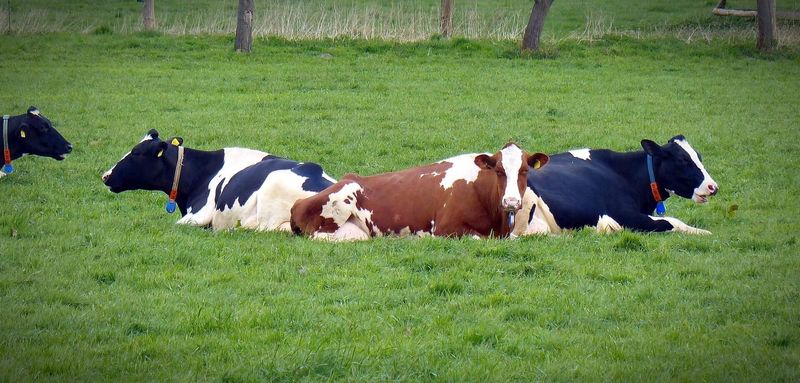
If the cows were sitting, forget the forecast—grab your rain boots. (Also: cows might just be tired. But who are we to question bovine wisdom?)
Farmers swore by this method, claiming cows had an uncanny ability to sense rain before a drop fell. It was the kind of wisdom you didn’t question, like knowing not to wear white after Labor Day.
The pasture was nature’s weather station, with cows as the meteorologists. Rain was on the way if they lounged in the grass.
3. The Pine Cone Oracle
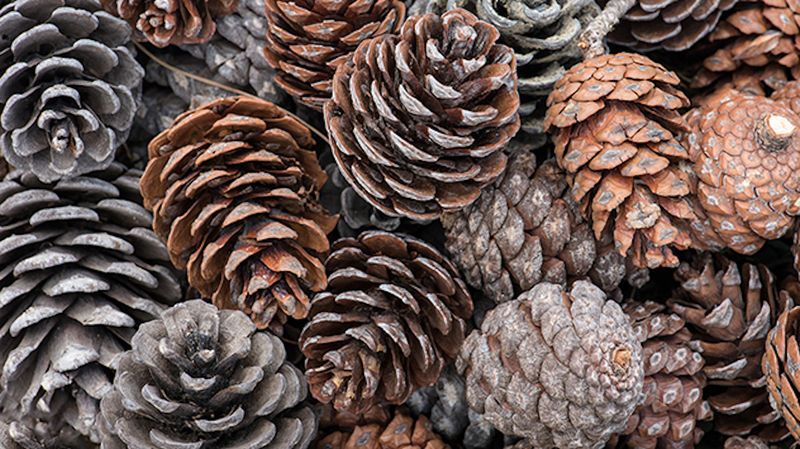
If the pine cone opened up, it was dry. If it was closed, rain was coming. Basically, nature’s mood ring.
This wasn’t just about weather; it was about understanding nature’s signals. A closed pine cone was like a closed umbrella—ready for the wet.
It was a simple yet effective method, requiring nothing more than a sharp eye and a connection with nature.
4. Wet Finger, Wild Guesses

The ol’ lick-and-lift. Stick a finger in the air and act like you felt something. Wind? Front? Drama? Who knows. This method was more about performance than accuracy, a little weather dance for the uninitiated. It wasn’t about forecasting with precision, but creating an illusion of knowledge.
There was something theatrical about it, almost like a ritual. The pause before the guess, the drama of the moment, made it feel significant. It was the act that mattered, not the result.
Despite its unpredictability, the lick-and-lift remained a staple in the amateur’s toolkit. It was simple, accessible, and had its own charm.
5. Ants on a Mission
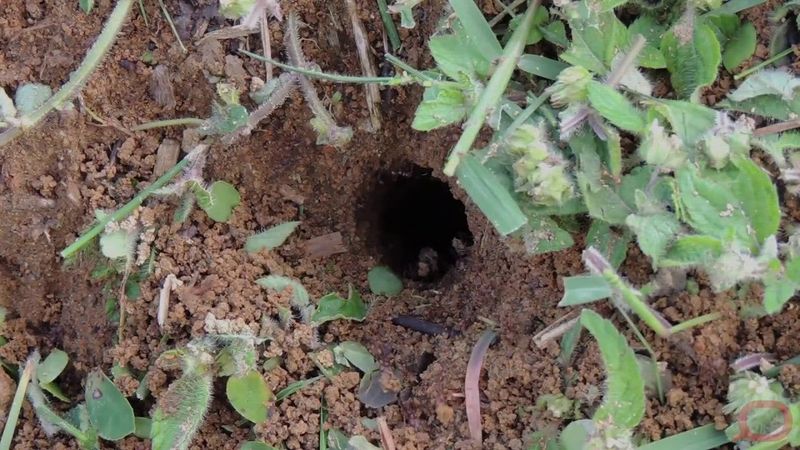
If ants were frantically marching like they had a meeting to attend, folks said rain was coming. Apparently, they were the original meteorologists, with tiny legs and an innate sense of the weather. People believed these industrious insects had an uncanny ability to predict the skies, as their frantic activity seemed to signal an incoming storm.
These little critters, seemingly unaware of their importance, were seen as harbingers of the weather. Their rush to gather and scurry about was interpreted as nature’s own way of preparing for the rain. It was a simple, natural observation that tied the behavior of ants to the shifting weather.
It was a charming notion that even the smallest creatures could have a big say in predicting the weather. Despite the lack of scientific evidence, the idea persisted, offering a connection to nature’s rhythms. Ants, in their busy, purposeful movement, seemed to carry the wisdom of the earth itself.
6. The “Red Sky” Prophecy

“Red sky at night, sailor’s delight. Red sky in morning, sailor’s warning.” Rhymes = science, right?
This was a classic, seafaring wisdom wrapped in poetic charm. It was less about technology and more about tradition.
People swore by it, claiming the sky was nature’s weather report, free for all to see if only they looked up.
7. Crickets: The Tiny Thermometers
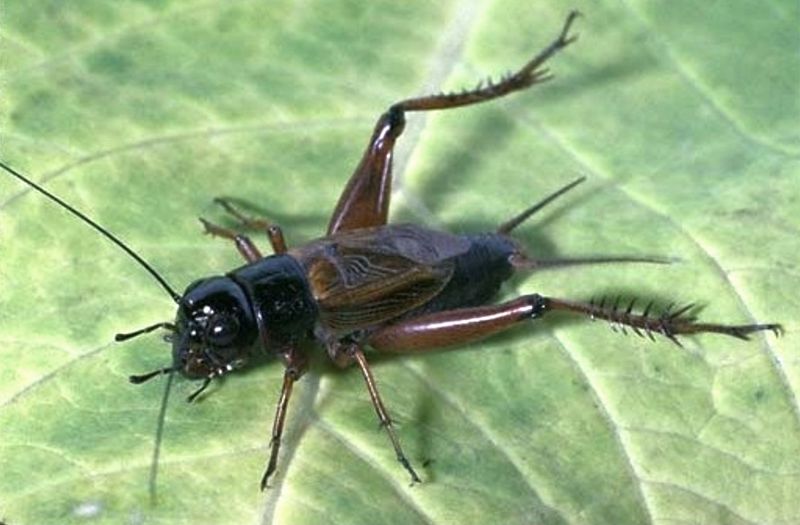
Count how many chirps you hear in 15 seconds, add 37, and voilà—temperature. Or just admit you’re talking to bugs.
Crickets were nature’s little mathematicians, crunching numbers with every chirp.
This method was both whimsical and practical, a combination rarely found in the world of weather prediction.
8. The Smoke Signal

If chimney smoke went straight up, weather was clear. If it curled back down, you were in for a soggy surprise. Bonus points if your mustache twitched.
It was like reading tea leaves but with smoke, an art passed down through generations.
The chimney was more than just a part of the house; it was the home’s own personal weather station.
9. The Cat Forecast
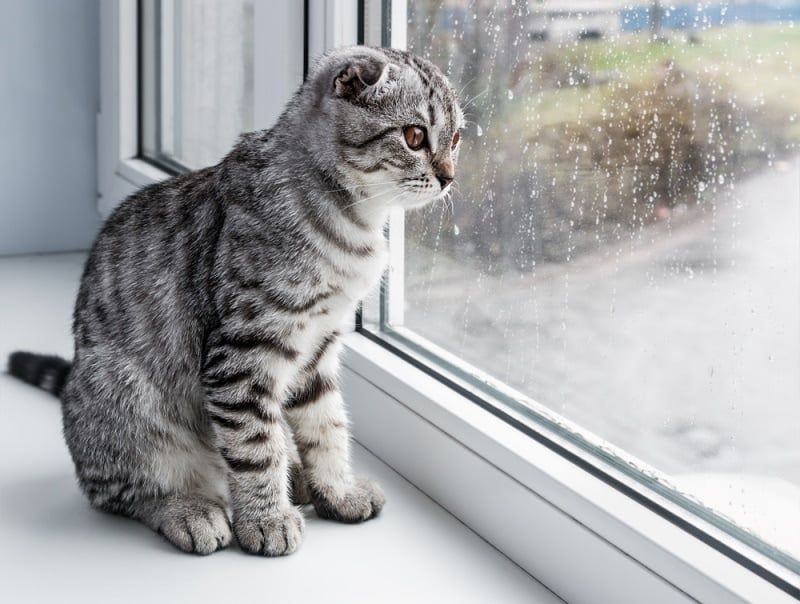
Cats acting weird? Weather’s about to get weird. Sleeping in the sink? Rain. Zoomies? Tornado watch. This old belief suggested that cats had an uncanny ability to sense changes in the atmosphere, making them perfect weather indicators. When your cat did something out of the ordinary, it wasn’t just a quirky behavior—it was a sign that something was shifting in the skies above.
This relied on the theory that cats were in tune with the universe in ways humans couldn’t understand. Whether it was sudden bursts of energy or choosing unusual spots to nap, every movement was observed with careful attention. When Mittens moved, you took note.
Cats were like furry barometers, their behavior a harbinger of atmospheric antics to come. From sudden hiding to acting restless, it seemed their instincts could predict the weather before any forecast. It was a fun, albeit unscientific, way to keep an eye on the sky through the actions of our most mysterious pets.
10. Hanging the Laundry Test

If your freshly washed sheets dried in an hour, sunshine all day. If they stayed damp, better start building an ark. This little weather observation was a favorite among homemakers, blending practicality with a touch of weather wizardry. The clothesline became a tool for more than just drying—it became a reliable indicator of the day’s forecast.
The idea was simple but effective: quick-drying sheets meant clear skies, while stubbornly damp ones signaled rain on the way. It was a charming way to keep tabs on the weather, all while doing the laundry.
The clothesline was more than a drying tool; it was a domestic diviner, revealing the secrets of the skies. This ritual gave a sense of control over the unpredictable weather, turning an everyday task into a small but meaningful connection to the natural world.
11. The Rock Method

Put a rock on a string outside. If it’s wet, it’s raining. If it’s moving, it’s windy. If it’s gone… tornado.
This was simplicity at its finest, a minimalist’s dream in the world of weather forecasting.
The rock was a steadfast companion, unwavering and unyielding in its duty to tell the truth about the weather.
12. The Knee Squeak Theory

Some folks swore their knees made specific noises depending on what was coming. Squeak = cold. Pop = rain. Snap = time to move south.
It was like having a built-in barometer, a quirky gift from the weather gods.
This method was as personal as it was peculiar, a testament to the body’s mysterious connection with nature.
13. Birds Flying Low
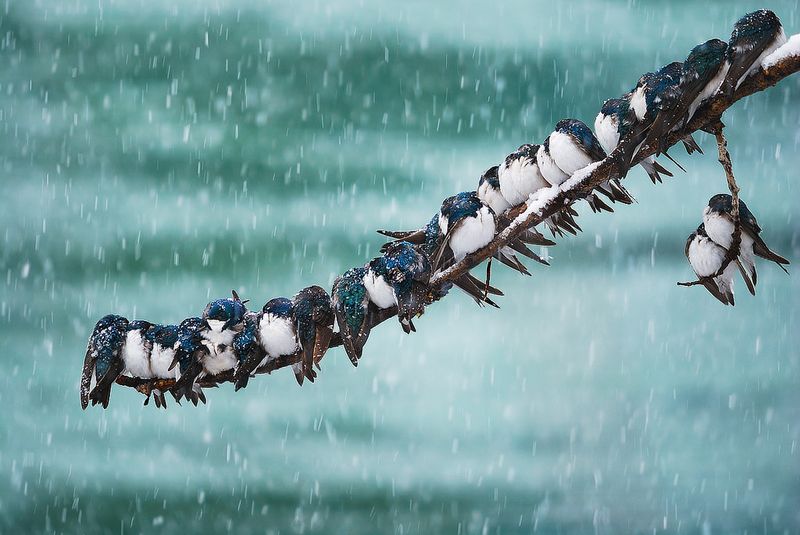
Birds close to the ground? Rain’s around. Birds flying high? Fair skies. No birds? Check your sandwich.
This was an aviary art, perfected by those who watched the skies more than the TV.
The birds were nature’s scouts, their flight patterns a prelude to the weather’s next act.
14. Spider Webs of Doom
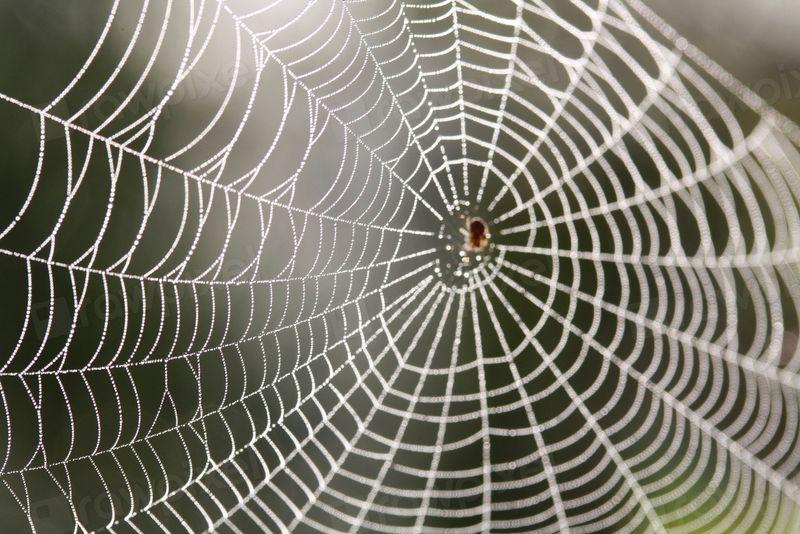
If spider webs stayed neat and dry, weather was fine. If they were sagging or disappeared, brace yourself. Also, maybe check your ceiling.
Webs were both a home and a forecast, spun with the precision of a seasoned meteorologist.
Spiders turned out to be more than just arachnids; they were the unsung heroes of weather prediction.
15. The “I Can Smell Rain” Crew

Some people just knew by the scent in the air. Petrichor, they called it. Or maybe just a gift. Or possibly just wet dog. Regardless, the ability to detect rain before it arrived was a mystery to most. It wasn’t about science; it was more about a peculiar sense, one finely tuned over the years. For these individuals, the air itself spoke volumes, offering clues that others missed.
This gift was less about knowledge and more about instinct, a feeling that some people seemed to develop over time. The scent of moisture in the air became their personal weather radar, guiding their predictions with an accuracy that defied logic.
Those who could smell rain were a special breed, part of an exclusive club with noses attuned to nature’s fragrances. They didn’t need forecasts or apps; their senses told them all they needed to know. In a way, it was a simple yet profound connection to the world around them, an ancient bond between humans and the elements.
